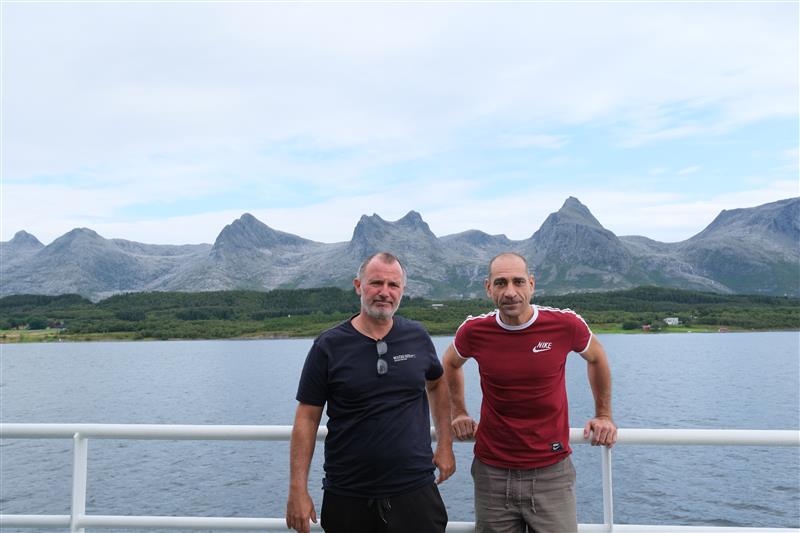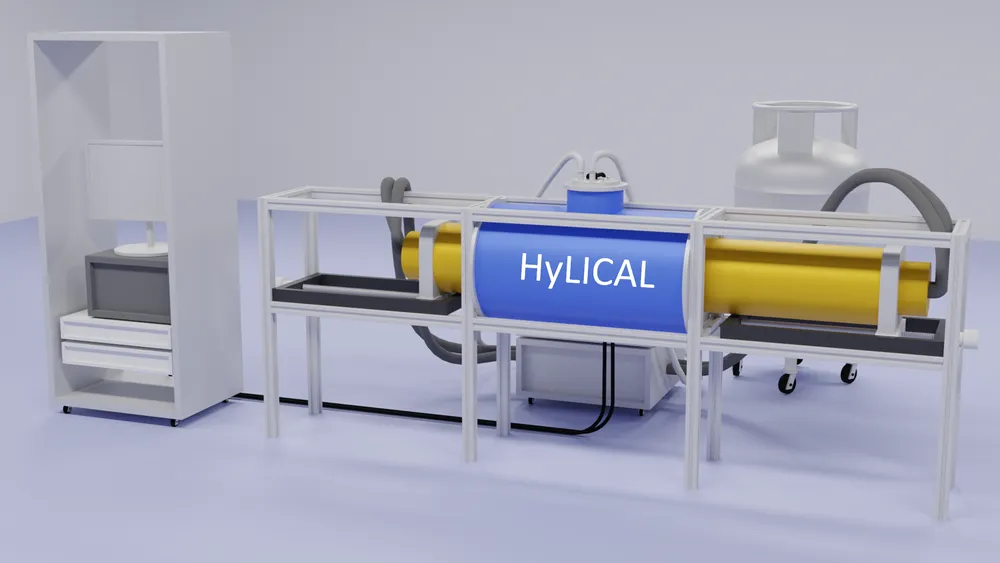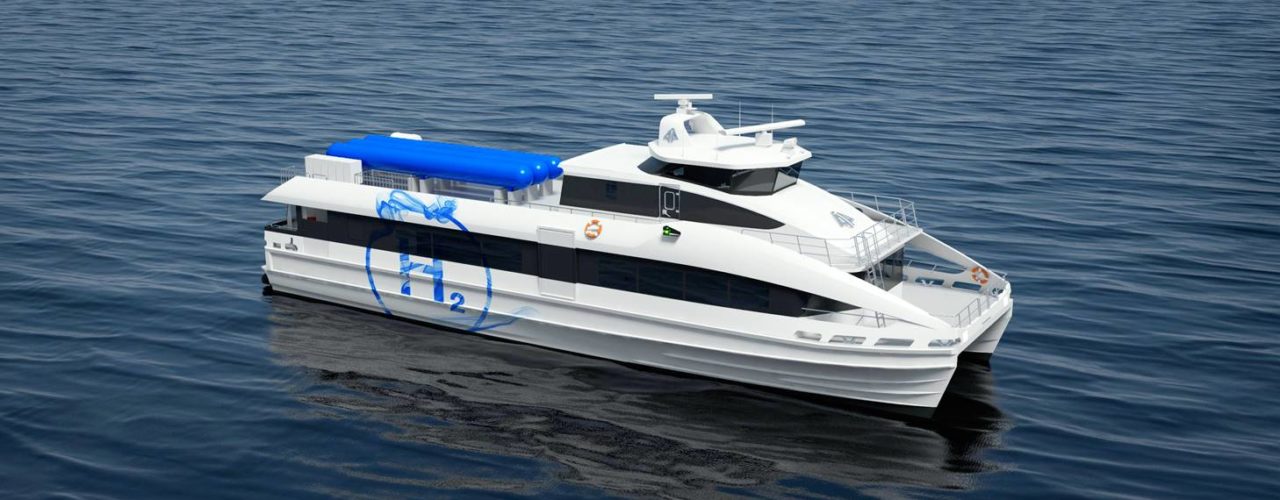The work is carried out according to the IGF code and focuses on fatality risk related to the hydrogen systems on the vessel, both during operation and while moored in harbour. Based on this assessment, a new hydrogen ignition probability model and vulnerability thresholds are proposed. Recommendations on vessel design and risk reducing measures are also given.
The conclusion of the study is that risks associated with the hydrogen systems on the ferry are well within expected tolerance criteria.
This work has been part of a maritime case study conducted within FME MoZEES and the article is available online:
Concept risk assessment of a hydrogen driven high speed passenger ferry.
Fredrik G. Aarskog, Olav R. Hansen, Trond Strømgren, Øystein Ulleberg
International Journal of Hydrogen Energy
Available online 11 June 2019.
https://doi.org/10.1016/j.ijhydene.2019.05.128
Related news
-

29. January 2025
New Discovery in the Arctic Ocean: Borealis Mud Volcano
The Borealis Mud Volcano, a recently discovered underwater structure in the Barents Sea,…
-

15. February 2023
Game changer for zero emission transport – HyLICAL
The EU-project HyLICAL has been granted close to 5 M€ from the Clean Hydrogen…

